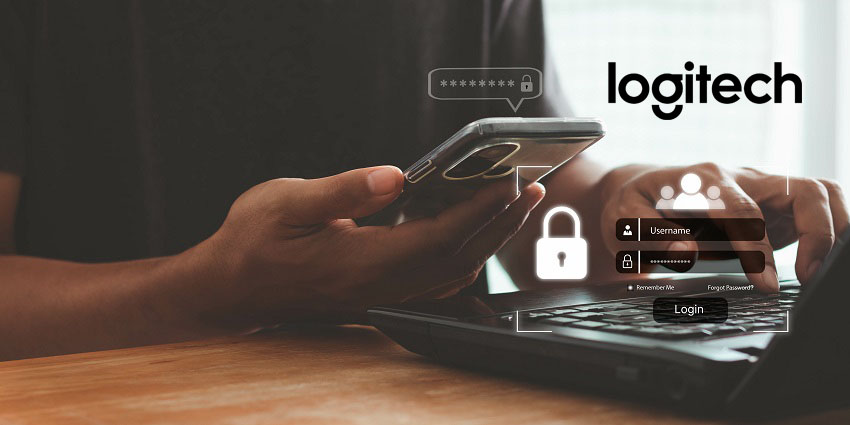Most popular messaging and call service providers use this technology – including Facebook, WhatsApp, and Zoom – to prevent the exposure of user information. While data is transferred from one end system or device to another, the data is encrypted on the sender’s system or device and in motion. Only the intended endpoint can decrypt the data, with unauthorized third parties unable to listen in.
How Does End-to-end Call Encryption Work?
The technology keeps the content you share private and secure from one endpoint to another. The shared content will be unreadable if intercepted in transit. VoIP phones use digital, encrypted communication between your phone and the cellular telephone base station. Your voice is decrypted at the base station and sent over the telephone network.
End-to-end encrypted calls provide the gold standard for protecting communication.
The security behind end-to-end encryption is enabled by creating a public-private key pair. This process is also known as asymmetric cryptography, which employs separate cryptographic keys for securing and decrypting the data. Public keys encrypt the data, while private keys decrypt data. For each person that joins, individual keys are generated. The public key will be stored on a server while the private key is stored on the device.
In online communication, there is an ISP, an intermediary, or various other organizations. Their server delivers data between both parties involved in an exchange. These intermediaries cannot decrypt and eavesdrop on the data. Only recipients can decrypt data with the matching key when end-to-end call encryption is in place.
Benefits of End-to-End Call Encryption
Personal data security and sensitive information are always an issue in online communication. E2EE completely encodes data, improving the security of calling services.
1. It promotes privacy
It prevents unauthorized access to personal conversations. Although authorities may try to access personal or private spaces, E2EE makes it impossible because the keys to decrypt them are missing. Digital signatures can detect content manipulation during transmission or whether the recipient has authorized access.
2. It facilitates secure data exchange
A crucial advantage of end-to-end encryption is that unauthorized persons cannot access personal data. Only unidentifiable numbers and letters can be recognized if a hacker circumvents the encryption. If intercepted by hackers or service providers, private communication and other details are not easily read.
3. It maintains data integrity
Data integrity is maintained because the key system prevents unauthorized devices from gaining access. Without E2EE, outside users can gain access to a piece of data and manipulate it before it reaches the recipient. End-to-end encryption denies them this access because they do not have the necessary key to access data in transit.
4. It makes calls tamper-proof
The decryption key is not transmitted; the recipient has it already. If an encrypted data gets tampered with in transit, the recipient will not be able to decrypt or tamper with it. End-to-end encryption can help organizations protect data by making it inaccessible to those who want to tamper with information.
Example of End-to-End Call Encryption: Microsoft Teams Calling
Teams support both cell and landline calls, with built-in online meetings and audio and video calling for individuals and groups. It has a cloud-based phone system with advanced features, including call transfer, multilevel auto attendants, and a call queue. Teams secures the following features during an end-to-end encrypted call – audio, video, and screen sharing content. Call participants at both ends of the Teams session must turn on the E2EE setting, and the app will secure users’ presence status.
Keep in mind that several advanced features are not available during end-to-end encrypted calls, such as live captions and transcription, call transfer, merge and park, call companion and transfer to another device, etc.
For end-to-end encrypted calls on Teams, an administrator must first turn on the feature, and then device users must activate the settings locally. It is also possible to configure Teams E2EE using PowerShell.
Importance of End-to-end Call Encryption for Collaboration
E2EE is designed to protect users and their privacy by default using the highest grade end-to-end encryption. End-to-end call encryption keeps communication secure by ensuring that only those in the conversation can decrypt data, even if a server or network is compromised.
As VoIP calls become increasingly important for internal and external (i.e., customer-facing) communication, maintaining data privacy is essential. Sensitive information is often shared during these exchanges, and E2EE increases stakeholder confidence in communication systems while allowing flexible information sharing from any location. For these reasons, Zoom, too, launched end-to-end encrypted phone calls in September 2021 in addition to a Bring Your Own Key (BYOK) offering that allows users to choose their encryption keys.







